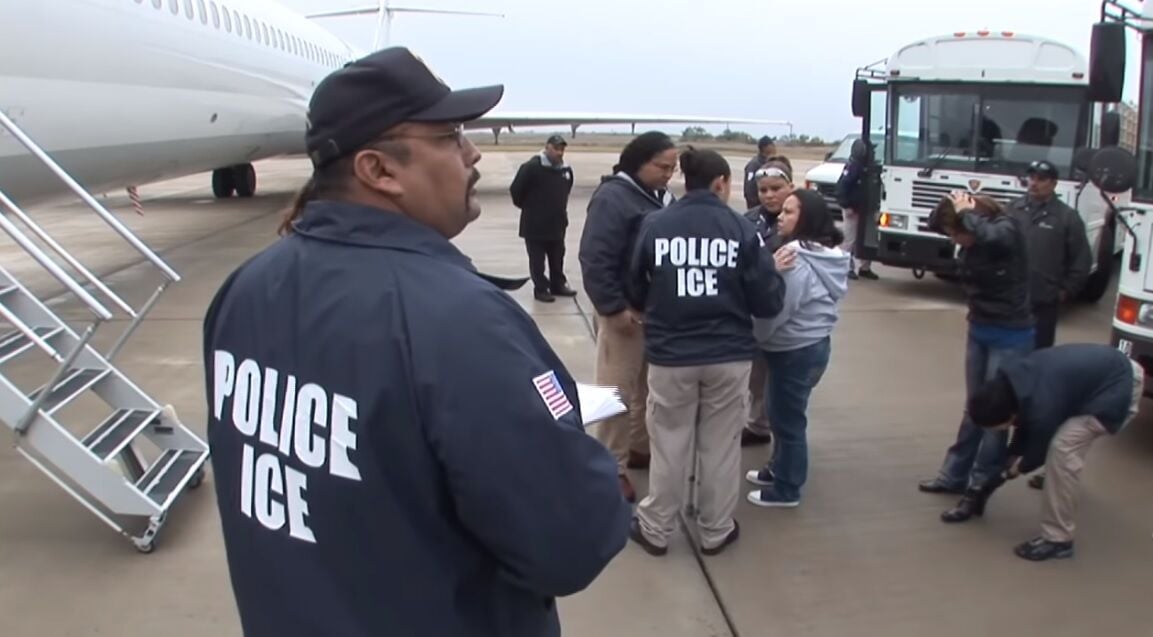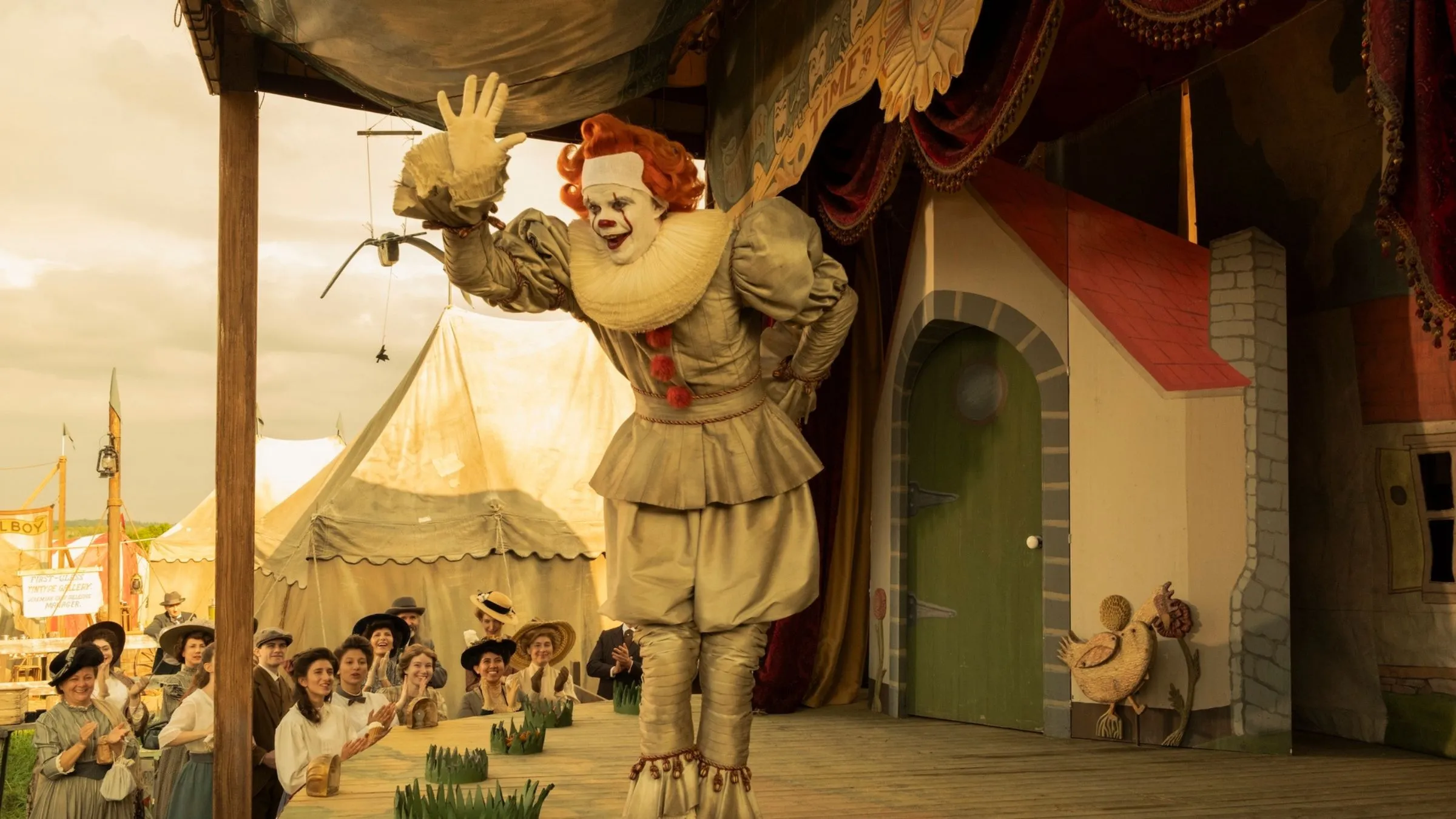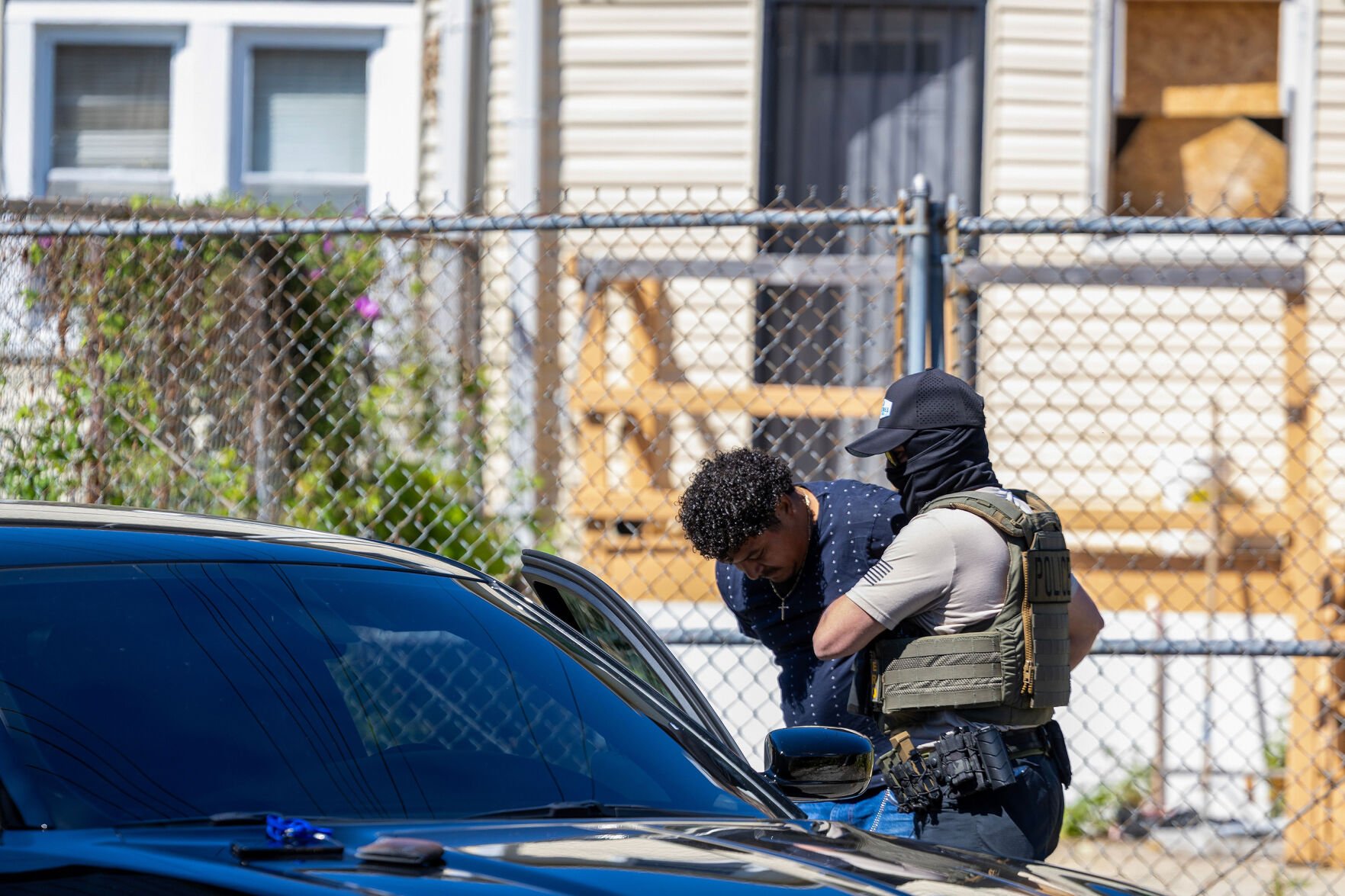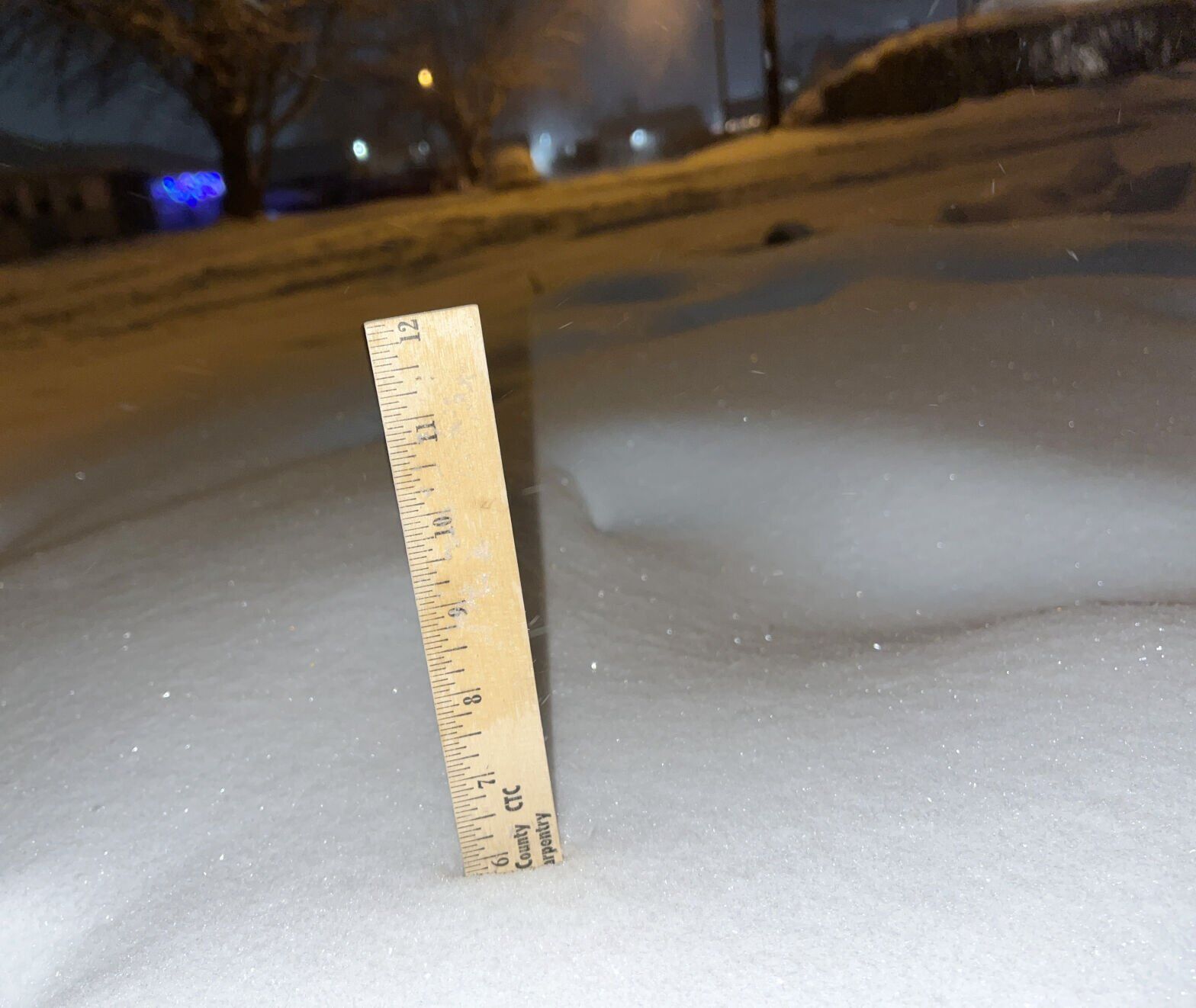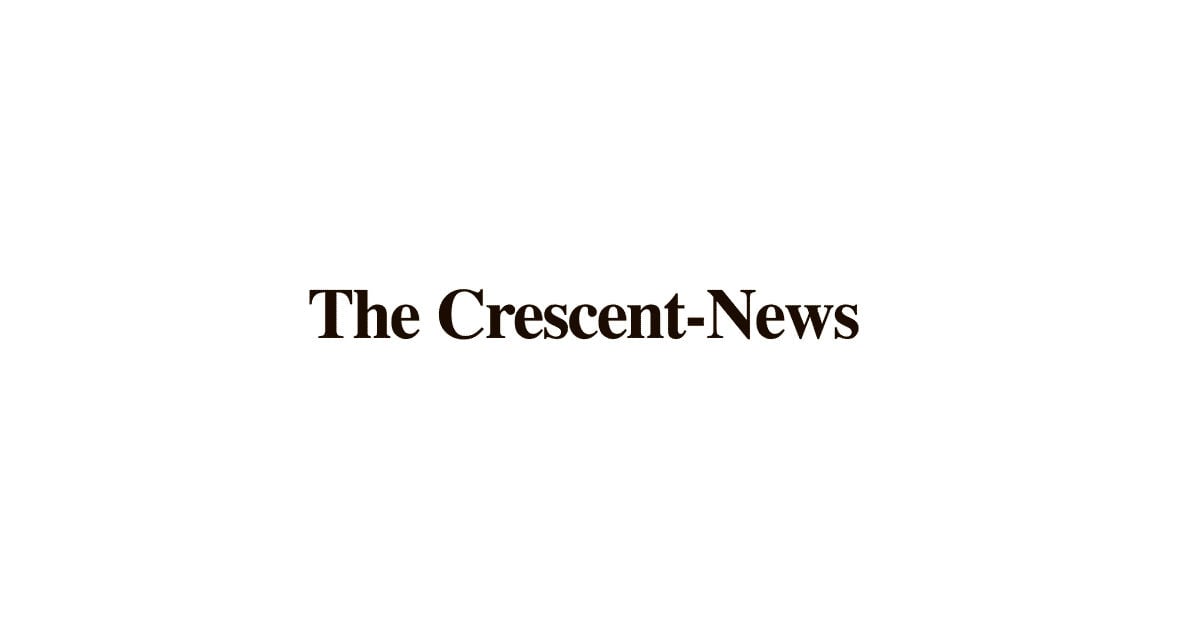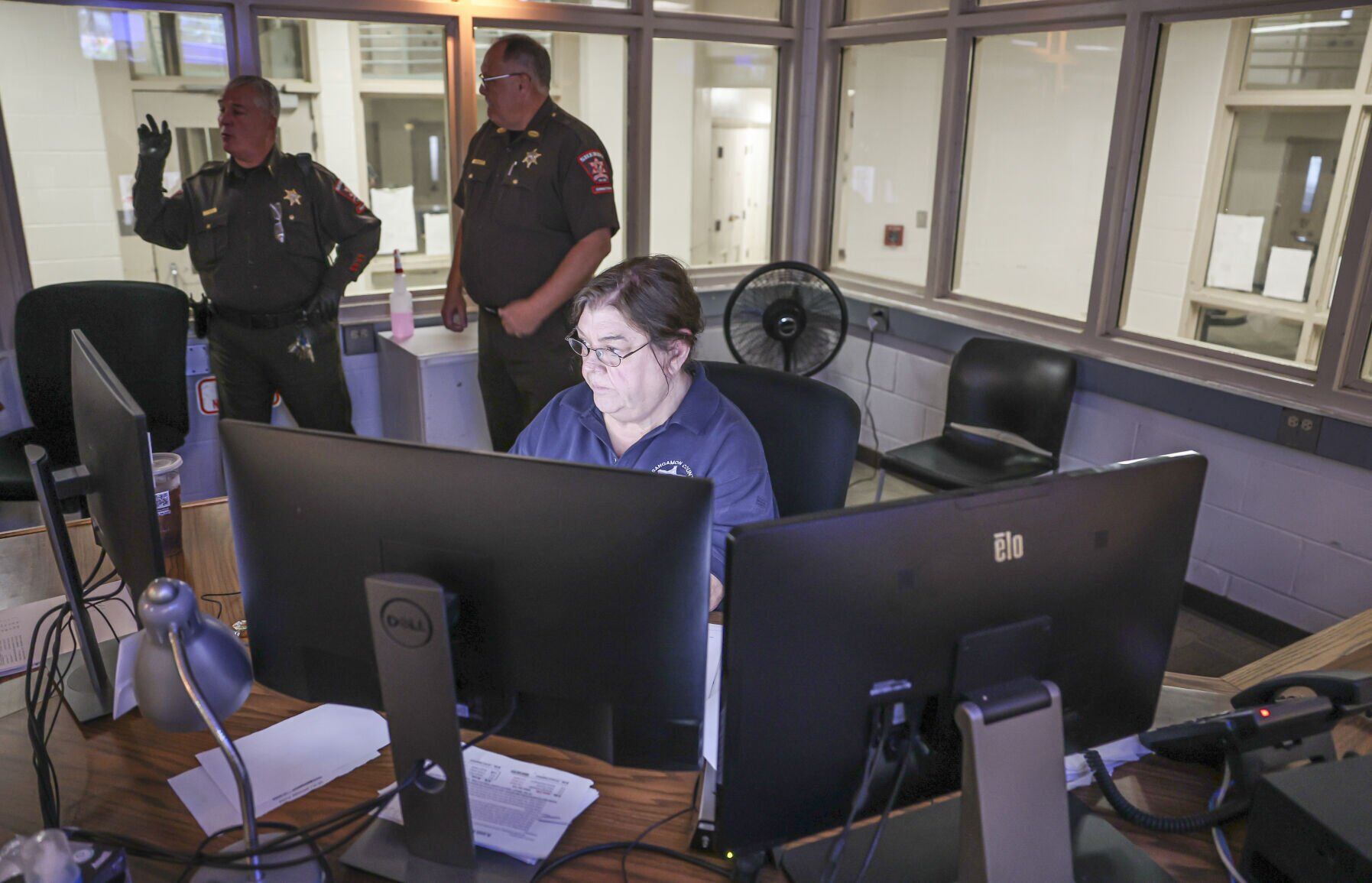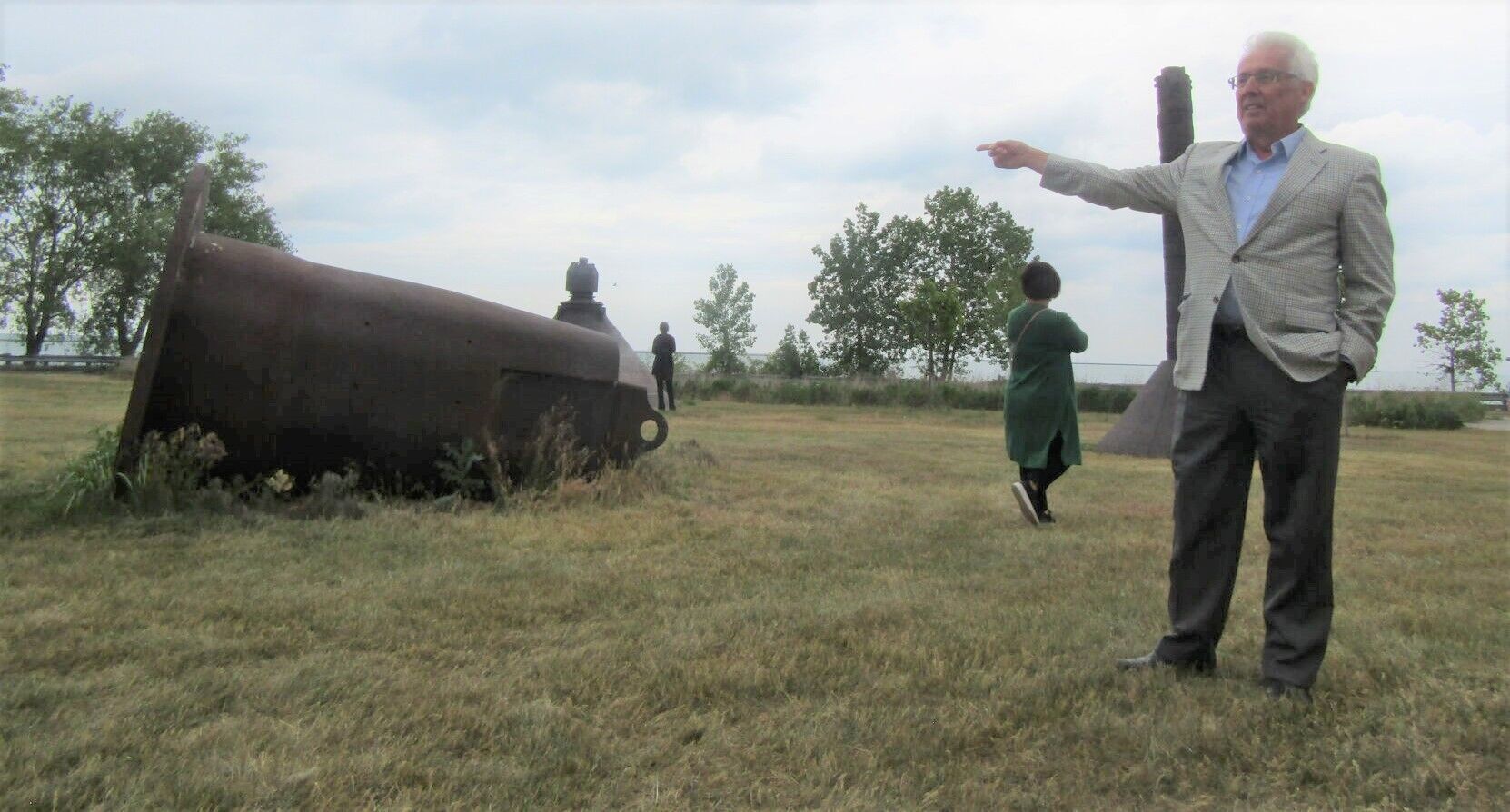China commemorated 80 years since the end of World War II with a sweeping military parade that showcased advanced weaponry, from drones to hypersonic missiles. President Xi Jinping honored veterans while calling for peace and highlighting the nation’s commitment to strength and self-reliance.
Chinese military parade marks 80 years after end of World War II
Key Takeaways:
- The event marked the 80th anniversary of WWII’s end
- China showcased aerial and underwater drones, hypersonic missiles, and fighter jets
- Leaders from around two dozen countries attended, including Russia’s Vladimir Putin and North Korea’s Kim Jong Un
- President Xi emphasized China’s progress and called for global dialogue
- The parade aimed to rally support for the Communist Party by demonstrating national advancements
Introduction
China observed the 80th anniversary of the end of World War II with a large-scale military parade, underscoring the nation’s respect for past sacrifices while highlighting its modern defense capabilities. Leader Xi Jinping opened the ceremony by paying tribute to Chinese veterans and praising their contributions to safeguarding the country’s sovereignty during the war.
Display of Military Advancements
In a striking demonstration of technological prowess, the parade featured aerial and underwater drones, cutting-edge hypersonic missiles, and state-of-the-art fighter jets. These sophisticated weapons reflected Beijing’s long-term investment in military technology, showcasing a degree of self-reliance that Xi Jinping has frequently emphasized.
International Participation
Leaders from about two dozen nations, notably Russia’s Vladimir Putin and North Korea’s Kim Jong Un, were among the dignitaries in attendance. Their presence highlighted the global resonance of the event and underlined China’s growing role on the world stage. By hosting such international figures, the parade also served as an opportunity for China to project its diplomatic reach.
Honoring the Past
A central element of the ceremony involved honoring those who fought in World War II, particularly Chinese veterans. Xi took the opportunity to remind attendees of the conflict’s heavy toll on his nation and expressed gratitude for the grit and sacrifice of those who served. By connecting modern displays of strength with historical remembrance, China sought to bridge its past struggles with its present ambitions.
Xi’s Vision for Peace and Dialogue
Amid the military displays, Xi called for peace and dialogue, signaling that China’s expanding capabilities are not intended to provoke conflict but to preserve stability. The address stressed the pursuit of diplomatic solutions, reflecting the country’s broader attempt to balance robust defense with a message of cooperation in international affairs.
Conclusion
Concluding the ceremony, Xi underlined the party’s leadership in driving China’s modern transformation. By blending tributes to veterans with displays of advanced military hardware, the event underscored national unity and aimed to bolster support for the Communist Party. As China commemorates the sacrifices of its past, its leaders are simultaneously projecting an image of a powerful, self-reliant nation ready to shape the future.


